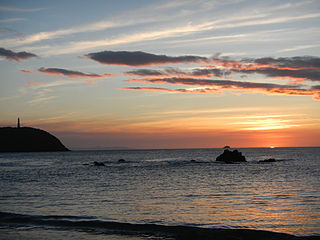
The Nueva Esparta State is one of the 23 states of Venezuela. It comprises Margarita Island, Coche, and the largely uninhabited Cubagua.
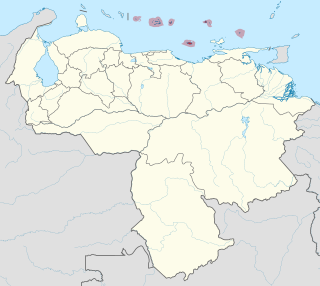
The Federal Dependencies of Venezuela encompass most of Venezuela's offshore islands in the Caribbean Sea and the Gulf of Venezuela, excluding those islands that form the State of Nueva Esparta and some Caribbean coastal islands that are integrated with nearby states. These islands, with a total area of 342 square kilometres, are sparsely populated – according to the preliminary results of the 2011 Census only 2,155 people live there permanently, with another hundred from Margarita Island who live there seasonally to engage in fishing. Local government is officially under the authority of Central government in Caracas, although de facto power is often held by the heads of the sparse and somewhat isolated communities that decorate the territories.

The following is an alphabetical list of topics related to Venezuela.
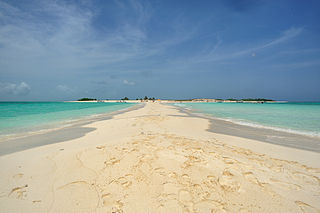
The Insular Region is one of the eight natural regions of Venezuela and one of the 10 administrative regions in which Venezuela was divided for its development plans; it comprises all of the nation's islands, and is formed by the state of Nueva Esparta and the Federal Dependencies.

Subulina octona is a species of small, tropical, air-breathing land snail, a terrestrial pulmonate gastropod mollusk in the family Achatinidae.

Vasum, common name the vase snails or vase shells, is a genus of mostly rather large predatory sea snails, marine gastropod mollusks in the subfamily Vasinae within the family Turbinellidae.
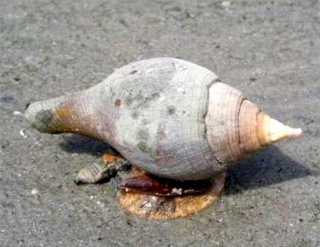
Turbinella is a genus of very large sea snails with an operculum, marine gastropod mollusks in the subfamily Turbinellinae of the family Turbinellidae.

Haliotis pourtalesii, common name Pourtale's abalone, is a rare species of deepwater sea snail, a marine gastropod mollusk in the family Haliotidae, the abalones.

Andres Miguel Salazar Marcano Airport is an airport serving Isla de Coche, an island in the Venezuelan state of Nueva Esparta.
Fernando Cervigón Marcos was a Spanish ichthyologist and marine biologist, who lived most of his life in Venezuela. He discovered and described numerous species of fish including the Caribbean roughshark and is author of numerous works on fish and Venezuela's ocean environment including Los Peces Marinos de Venezuela. He was the president of the Museo del Mar on Margarita Island, Nueva Esparta, Venezuela.

Thelecythara floridana is a species of sea snail, a marine gastropod mollusk in the family Pseudomelatomidae, the turrids and allies.
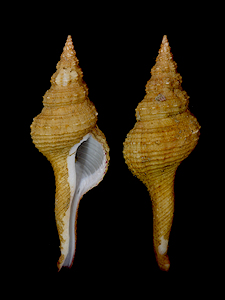
Lyonsifusus ansatus is a species of sea snail, a marine gastropod mollusk in the family Fasciolariidae, the spindle snails, the tulip snails and their allies.

Phyllonotus margaritensis, common name the Margarita Murex, is a species of sea snail, a marine gastropod mollusk in the family Muricidae, the murex snails or rock snails.
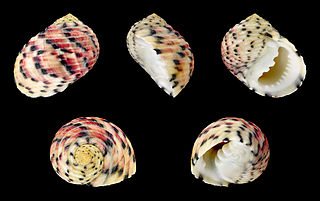
Nerita versicolor is a species of sea snail, a marine gastropod mollusk in the family Neritidae.

Dulcerana granularis, common name the granular frog shell, is a species of medium-sized sea snail, a marine gastropod mollusk in the family Bursidae, the frog shells.
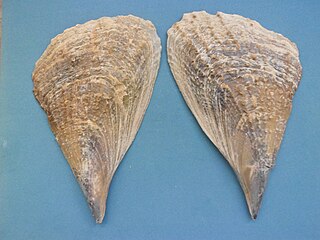
Atrina seminuda, the half-naked pen shell, is a species of bivalve mollusc in the family Pinnidae.



















